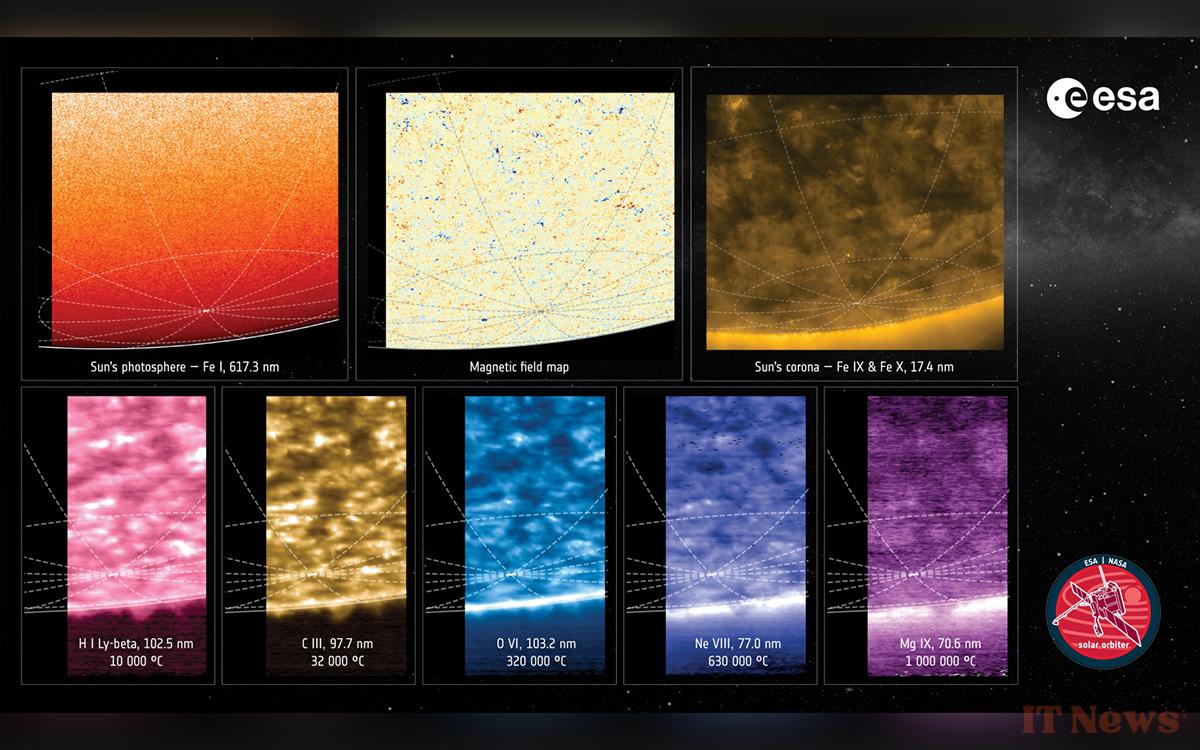The European Space Agency has managed to capture high-definition images of the Sun's south pole. For the first time, it's possible to see what it really looks like. Discover these impressive images.
You've probably already seen photos of the Sun. But have you noticed what they have in common? It's not easy, we grant you: none of them allow you to directly see the star's poles. Indeed, all photos of the Sun are taken from the ecliptic plane. This is the plane in which the Earth's orbit around the star is located. In other words: images of the Sun are captured around its equator.
But not anymore. The European Space Agency's (ESA) Solar Orbiter probe has managed to tilt its orbit so that it leaves the ecliptic plane. 17° below the solar equator to be exact. To achieve this, the spacecraft flew past Venus and Earth several times, using their gravity to gain the necessary speed. Once in position, Solar Orbiter took as many images as possible, which you can see below.
The Sun's South Pole Reveals Its Mysteries for the First Time
Several filters were applied to reveal what is invisible to the naked eye. Among the surprising discoveries, scientists noted that the magnetic fields of the north and south poles were currently mixed. A phenomenon that indicates that the Sun's magnetic poles will soon reverse, with consequences on Earth. Predicting these to minimize their impact is one of the main interests of seeing the Sun from all angles.
“The Sun is our closest star, it is the source of life and can disrupt modern space and terrestrial energy systems. It is therefore imperative that we understand how it works and learn to predict its behavior,” recalls Professor Carole Mundell, Director of Science at ESA. That’s good news, as over the years Solar Orbiter will gradually move away from the ecliptic plane in order to take increasingly precise photos of the Sun’s poles.





0 Comments